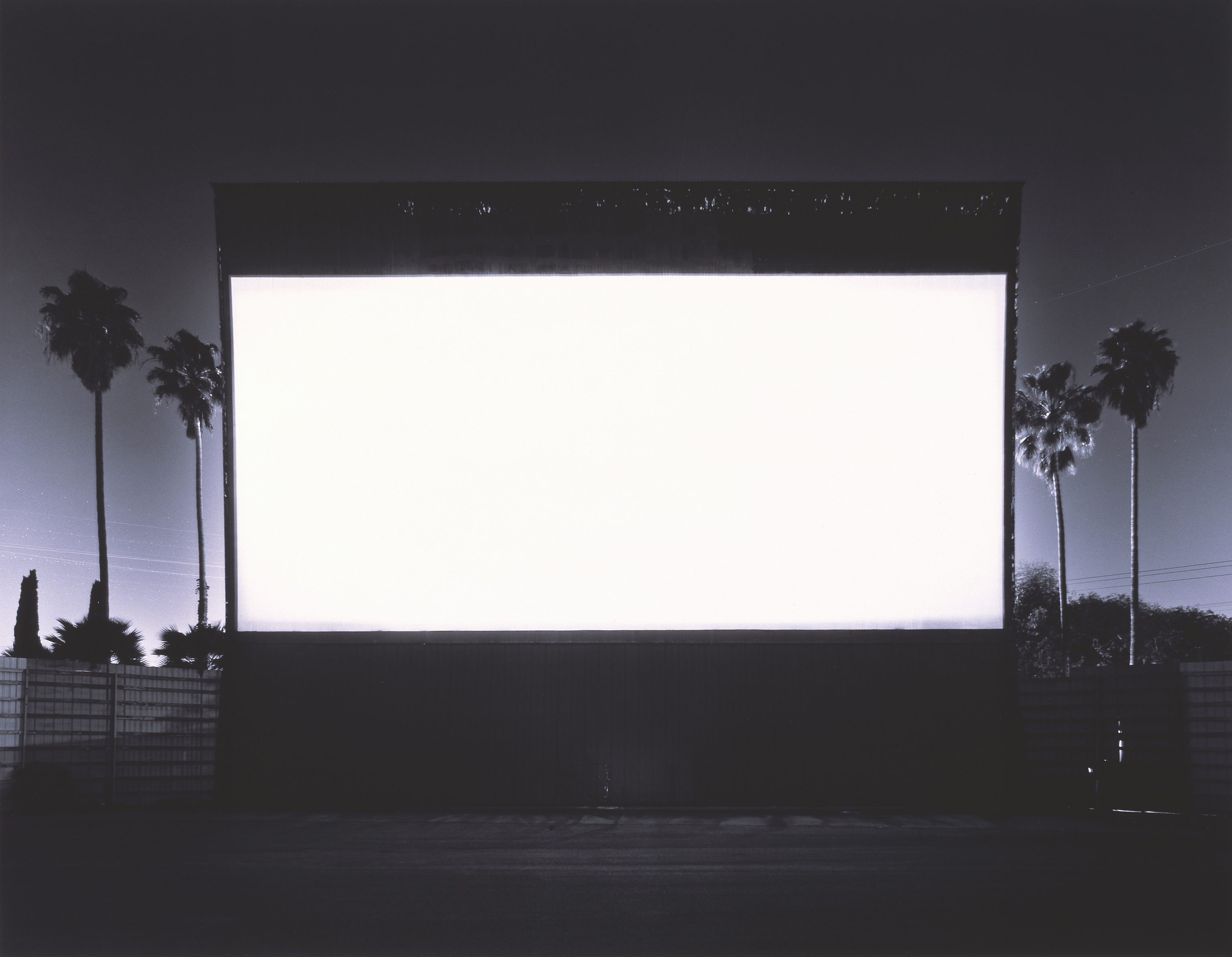There is an image in the Deutsche Bank Collection exhibition at the Hara Museum that, at first sight, seems slightly out of place. It is a street scene in New York that glows in the warm light of a sunset. Office workers can be seen going home, a man window-shops outside a camera store, even the inclusion of a homeless man peering into a rubbish bin somehow contributes to a relatively benign scene of urban life. It's a viscerally attractive picture, in the sense that it's hard not to be seduced by the soft light of the so-called golden hour, the time just after dawn or before dusk.
The image seems incongruous because it seems to rely on light and timing, key elements in creating great "straight'" photography, and that is not what this particular collection is about. To all intents and purposes, Deutsche Bank sets the gold standard — this really seems the best way to describe it — for contemporary art photography. That is to say, it has amassed an outstanding selection of photographic images that can sustain repeated viewing because of their intellectual and creative ingenuity, as opposed to relying solely on visual impact.
It is in this context, for example, that Mathilde ter Heijne's reprinted studio portraits of unidentified women from the late 19th to early 20th century must be considered. They incorporate all the blemishes, imperfections and fading of the aged archive prints and resonate with Michel Foucault's late 1960s evaluation of the "archive" superseding the power of individual works of art, Jean Baudrillard's post-Platonic dismantling of the real in respect of the copy, and are a reiteration of Laura Mulvey's attack on the "male gaze."

















With your current subscription plan you can comment on stories. However, before writing your first comment, please create a display name in the Profile section of your subscriber account page.